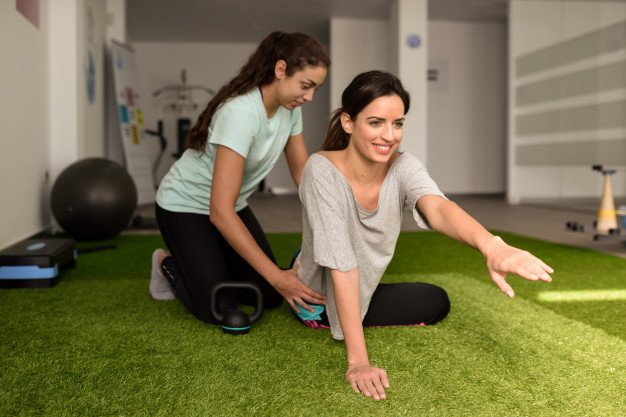Just because you think you’re currently enjoying a healthy relationship doesn’t necessarily mean you are. Couples have a habit of putting on a brave face rather than admitting anything behind the scenes could be considered less than healthy. But there are tell-tale signs indicating any partnership is in good health. Here are five of those crucial ingredients.
5 Ingredients of a Healthy Relationship: Is Your Relationship Healthy:
1. Communication:
Whatever the situation might be, whether you are simply telling your other half how much they mean to you or there is something troubling that you wish to share, communication is one of the most important ingredients. You might think you have done something which would hurt your partner if you ever told them but they’ll be more upset if you don’t. Secrets and lies are like booby traps that will lurk in the background, ready to trip you up when you least expect it. Also, never be afraid to have it out. Much as few of us like confrontation, occasionally letting off steam is a positive aspect of open communication.
2. Honesty:
Another essential ingredient is honesty. Because trust is the foundation of a healthy relationship you must be prepared to bring anything and everything out into the open. So one of her best friends made a pass at you? If you keep this to yourself and she finds out anyway, then she’ll wonder why you chose to hide it from her. She might well assume this was because it was more of a two-way thing. The only way you will maintain a trusting relationship is by telling the truth.
3. Compatibility:
It might seem obvious but simply being on the same wavelength is vital for a successful partnership. Humans are so complex that one of the wonderful aspects of compatibility is there are no rules about who we find attractive, especially when considering that adage about opposites attracting: the tattooed biker chick who goes out with a stockbroker, the brawling ice hockey player, and the librarian. That list of mismatches could be endless but compatibility is more to do with the indefinable quality of chemistry. People click. Often they’ll share hobbies or passions. Other times their personalities just gel.
4. Intimacy:
It goes without saying one of the key ingredients of a healthy relationship is down to being physical. This isn’t just about regular, lengthy, and mutually enjoyable bedroom sessions. It’s every part of being close with one another, from holding hands while strolling through the park to displaying warmth and kindness. Even the sight of loved-up emojis on a text can be enough to bring a beaming smile to a partner’s face.
5. Understanding:
This is an ingredient that will take time to evolve but it is certainly one of the most essential. Whether you met your significant other through Flirt.com or any other social encounter, getting to know them better is a natural part of the process. Upon first meeting someone you may well find them good-looking but it’s discovering those hidden layers of character traits that will truly cement your relationship.
The more activities and experiences you share, the more you will find out about their personality. Some people put too much emphasis on looks. But it’s those quirks and personality traits underneath that make someone individual, interesting, and ultimately exciting to connect with.
Read Also:






















